List of the most valuable and rare Canadian coins. Rare coins from Canada are among the popularly collected world coins in today’s numismatic industry.
The modern commemorative coins, bullion coins, and proof coins minted by the Royal Canadian Mint, to this day, are famous for their innovative designs and overall eye appeal.
While Canada is well-known for its exquisite modern numismatic items, it is also popular for its antique and valuable rare Canadian coins. Discover what are on this list of Canadian rare coins and find out how these valuable pieces play vital role in the history of Canadian coinage.
1911 Canadian silver dollar
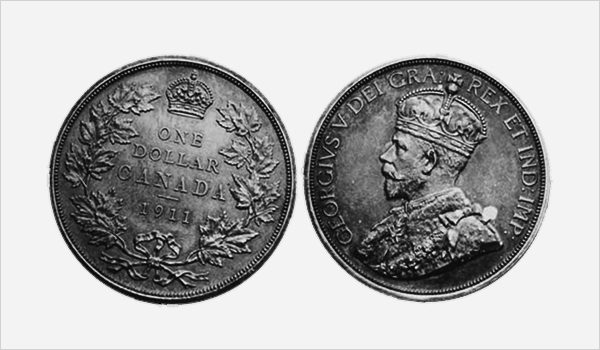
The 1911 Canadian silver dollar is also called the “Emperor of Canadian coins”. It is one of the most expensive and rarest coins from Canada.
It set a record of in 1965 being the World’s Most Valuable Coin (Guinness Book of World Records) for its price of $55,000.
In 2003, the 1911 silver pattern dollar was sold at an auction for $ 1 million. Today, it remains to be the most publicized and most valuable Canadian coin.
Brief history:
After series of debates, the first Canadian dollar made of 0.925 silver was struck in 1911 through the approval of the Dominion of Canada Currency Act of 1910.
Only three specimens were made not as an actual coin for circulation but as pattern coins—produced for the purpose of evaluating a proposed coin design. This prototype production is typical not only in coinage but in manufacturing industries such as technology, and even consumer goods. Although other industries approval process can be much more lenient.
When the two Canadian silver coin pieces were sent for approval, the then government refused to mint the coins for circulation saying that it was not the intention of the government to give an order for such class of coins.
Two pieces are known to exist today – one is housed at the National Currency Collection museum in Ottawa while one is owned by a private numismatist.
1921 Canadian five-cent coin
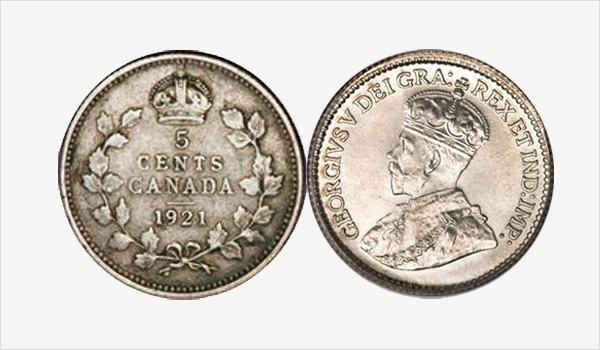
Apart from silver dollars, Canada also used to mint silver coins of five-cent denomination. They were sometimes called “fish scales” for their thinness. In 1921, the last silver five-cent coins were struck before they were replaced with nickel cents in 1922.
Most of the 1921 Canadian five-cent coins were melted down during the change in coinage and only about 400 specimens are left, to date, making the 1921 Canadian five-cent one of the rarest Canadian coins.
1921 Canadian fifty cent
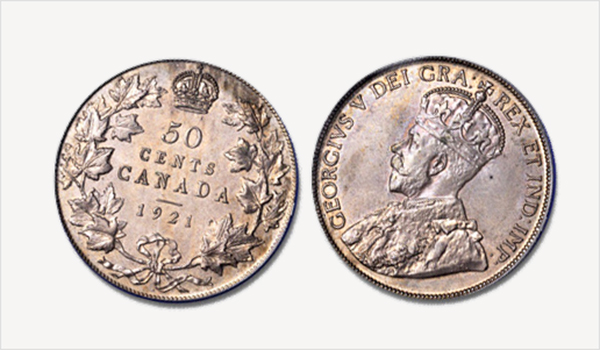
There was a very low demand for fifty-cent Canadian coins from the early to middle of 1920s. In effect, only 28,000 pieces were issued between 1921 and 1929.
The demand for the half dollar coins rose in 1929 and the Master of the Ottawa Mint decided to melt down stocks of 1920 and 1921 coins. It is believed that only around 75 pieces of the 1921 fifty cent have survived and exists today. In an auction, a 1921 Canadian fifty cent graded MS64 was sold for $74, 750.
1936 Canadian dot coins (one cent and five-cent coins)
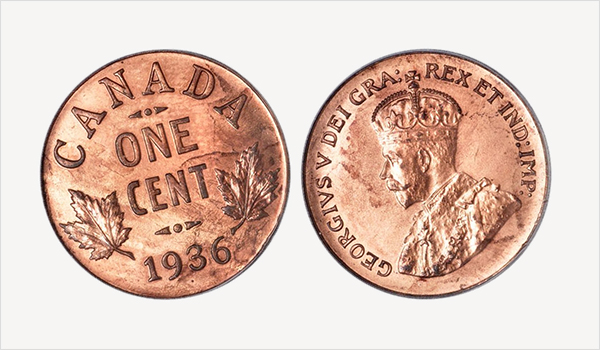
The 1936 Canadian dot coins have a story that is similar to the famed 1947 Canadian maple leaf coins (which will be briefly discussed in the next number).
The dot coins were issued after the abdication of King Edward VIII. They are considered not only as rare numismatic pieces but also as important historical items.
Edward VIII was king of the United Kingdom and the British Dominions and Emperor of India from January to December 1936. He chose to abdicate or step down from his throne to marry an American divorcee (explaining his short reign as king).
Aside from the moral controversies and social consequences, this decision has also caused a major problem to the Royal mint. The mint had almost completed the tools to produce 1937 coin dies that bore the portrait of Edward VIII (the 1936 coins still bore the image of the previous king who died early on such year, this was to follow a then common practice).
It would take a long time to create new dies for the coin that would feature the image of the monarch after Edward VIII. As an emergency measure, the mint decided to continue using the 1936 coin dies for the following year’s Canadian currency. To denote that the coins were actually minted in 1937, a dot is placed below the mint date.
There are only seven known rare dot coin specimens known to exist at present – three Canadian dot 1-cent coins and four 10-cent coins. There are still quite a number of the Canadian dotted 25-cent coins but no exact figures are known. All other 1936 Canadian coin dot specimens were melted by the mint.
1948 Canadian silver dollar
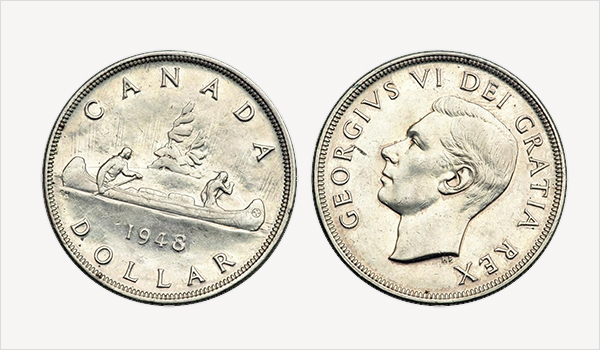
Most of the 1948 Canadian coins are of scarce mintage with the 1948 Canadian silver dollar being especially rare.
The 1937-1952 Canadian coins, like other coins of countries under British rule, bore the wording in Latin “George VI by the Grace of God, King and Emperor of India”. In 1947, India gained its independence from the British Empire.
Consequently, currency reform had to be implemented for the next year’s set of circulation coins—the phrase “Emperor of India” had to be omitted. New coin dies were needed for the 1948 rare Canadian coins but it was only in the later part of 1948 that the appropriate coin dies were available for use.
While waiting for the new coin dies, production of coins went on using the 1947 coin dies. A tiny maple leaf would be placed beside the mint date to indicate that the coins were actually minted in 1948. These coins are called the 1947 Canadian maple leaf coin which is very popular among coin collectors today.
The mint was only able to mint 18,600 pieces of the actual 1948 Canadian silver dollars which are considered the rarest date of Canadian silver dollar issued for circulation.
Values of rare Canadian coins
Because of the extent of rarity of these Canadian coins, it can be hard to track down their current market prices. Their prices may only be available when their owners would choose to auction them in future time.
It is understood, however, that because of their historical significance, rarity, and popularity or demand (three factors that greatly influence coin values) they are among the most valuable coins in Canada.
To know the most realistic and updated rare Canadian coin values, refer from trusted world coin price guides or consult reputable coin appraisal experts.





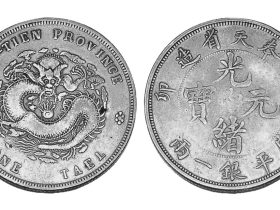
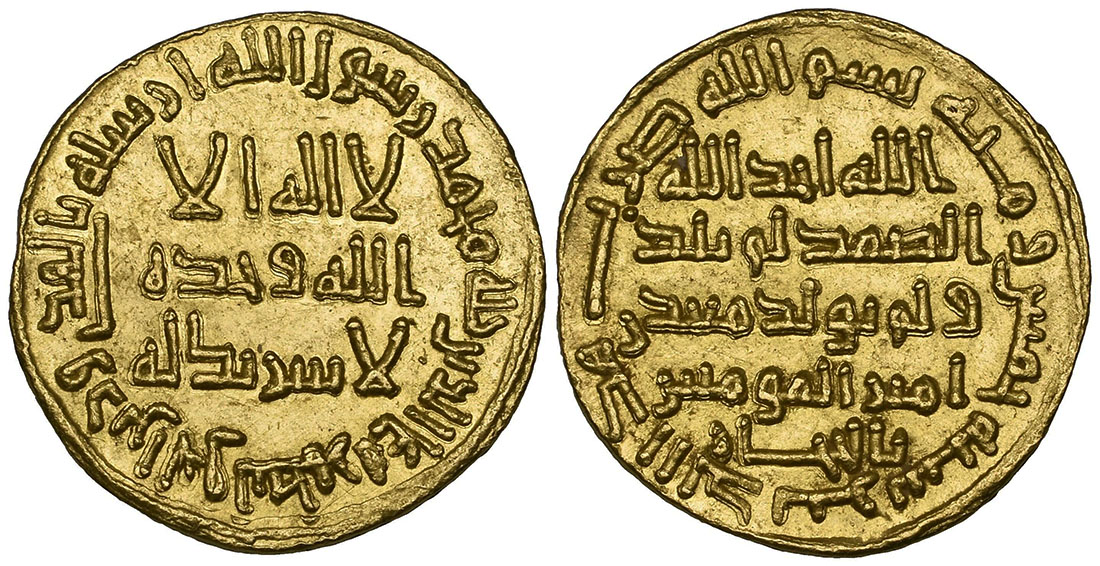

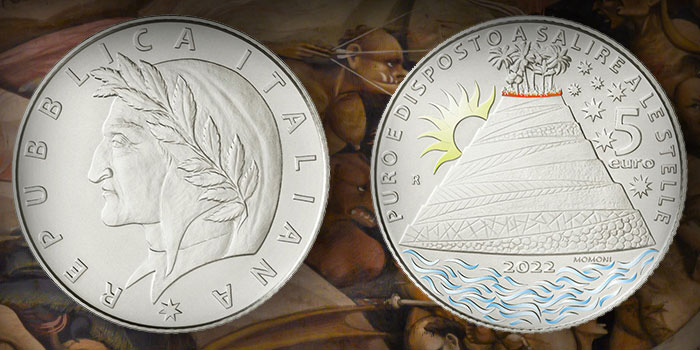

Leave a Reply